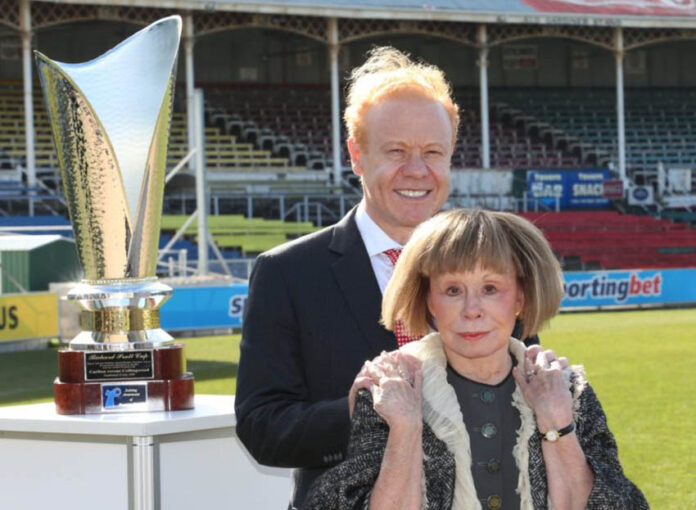Wealth inequality in Australia is getting worse. While the majority of us struggle to make ends meet, we got a snapshot of how the mega-rich live when The Australian released ‘The List’.
‘The List’ looks at the 250 richest people in Australia. They claim it’s the most comprehensive survey of the wealthy ever done. ‘This List’ contains 96 billionaires, the average age of whom is 65. Collectively these 250 people have almost $320 billion in wealth!
To put this in perspective, around $180 billion is spent annually in Australia on health – including non-government spending, and $190 billion on welfare. The federal government’s budget has put aside just $3.5 billion to deal with the climate crisis. That is a mere 1% of the wealth these 250 people hold.
Many of Australia’s richest have made their money investing in property. Sixty-eight of those on ‘The List’ are primarily property moguls.
Other sectors where mega profits have been made include mining, technology and finance. But even in these sectors many of the capitalists ‘diversify’ and also gamble on the property market.
While many on the list attribute their success to hard work, the reality is most of them were born into money. For example, Anthony Pratt who has $13.4 billion, and is the richest person in Australia, comes from a very rich family.
His father was a multi-billionaire who made his wealth from manufacturing, both in Australia and the US. Anthony Pratt is a vocal supporter of Trump and has benefited from huge tax concessions that Trump has introduced.
Pratt is actually very good at avoiding taxes. His company Visy was one of 732 companies in Australia to not pay any tax in 2015-16. This is despite the company having a total income of $2.7 billion!
Number two on ‘The List’ is Gina Rinehart. She too was born into a fortune. She inherited vast amounts of wealth from her father, the mining magnate Lang Hancock. Rinehart continues to make her money in the mining industry, as do some of her children.
Despite the fact that she inherited her wealth, Rinehart has referred to Australian workers as ‘lazy’ and ‘jealous’. Most people actually work much harder than she does, but under this system she makes more in a day that the average nurse or firefighter makes in a year.
Number three on the list is Harry Triguboff, a property developer worth around $12 billion. Mike Cannon-Brookes and Scott Farquhar from the software company Atlassian come in at four and five.
Frank Lowy from Westfield, the real estate and shopping centre firm, is the sixth richest person in Australia followed by the property developer Hui Wing Mau.
Andrew Forrest from the mining company Fortescue Metals comes in at number eight, while Ivan Glasenberg the CEO of Glencore is at number nine. Rounding out the top ten is another property developer, John Gandel.
The people on ‘The List’ are some of the most powerful people in the country. These 250 people actually have much more influence over our lives than all the politicians combined. Among other things, they decide what gets made and built, and where huge sums of money are invested.
Through donations to the major parties they exert a lot of influence over the parliaments.
By hiring armies of lawyers and accountants many of them manage to avoid paying much tax at all. This goes on while 3 million people in Australia live in poverty!
Socialists support closing tax loopholes and significantly raising taxes on the mega-rich, like those on ‘The List’. But to really deal with wealth inequality we need to go beyond tax reforms.
No individual should be allowed to hoard billions of dollars. If even a portion of the wealth held by the richest 250 people was collectivised, we could transform the lives of millions of people. We need to change the system so that wealth is distributed in a more equal way from the outset.
Socialism, based on public ownership and democratic control of the main parts of the economy, is the alternative to a system where a few live like kings at the expense of the majority.



